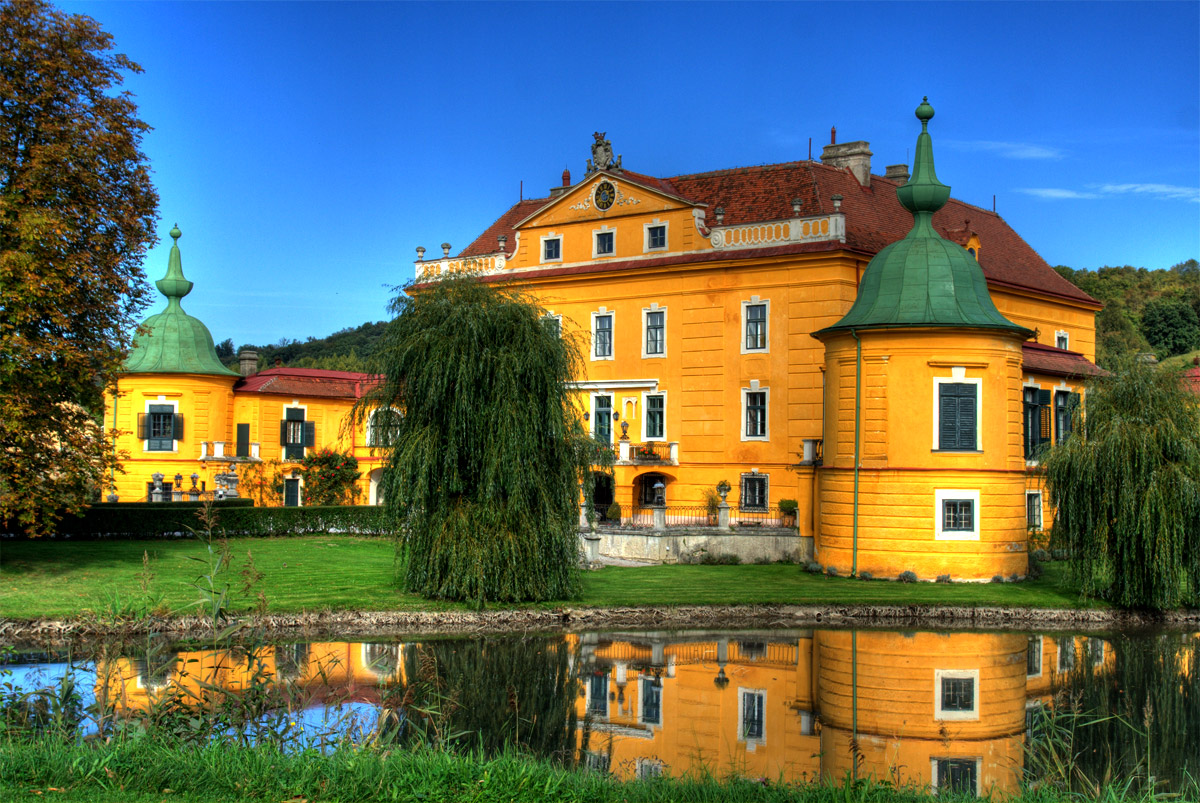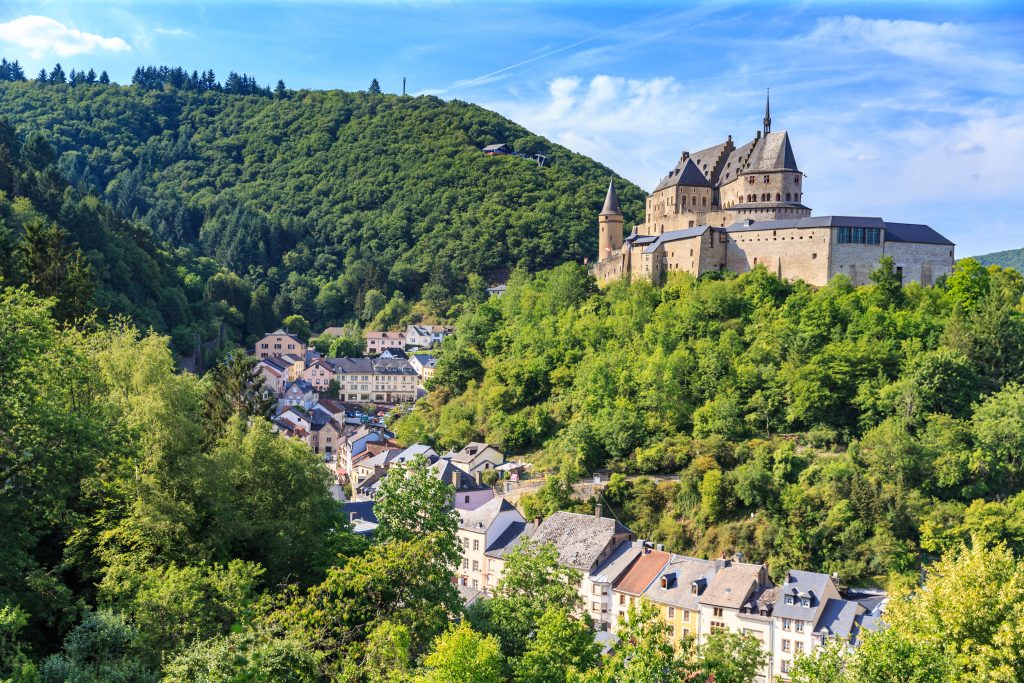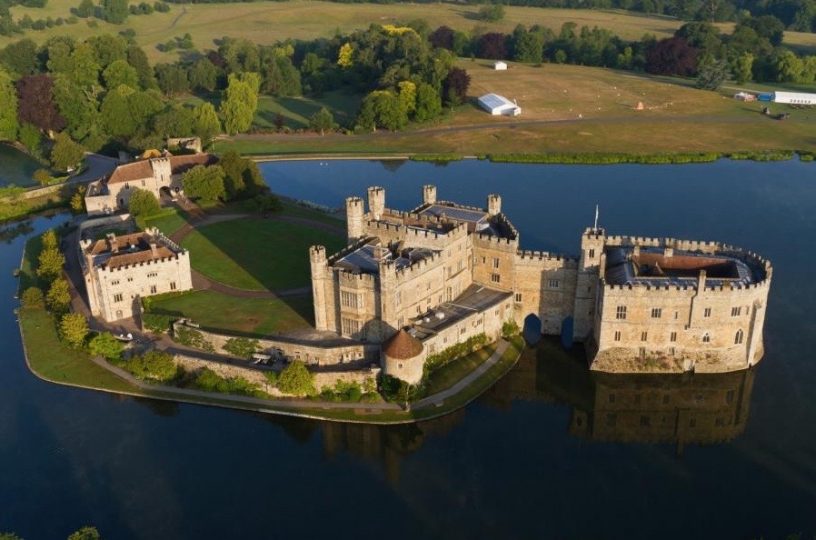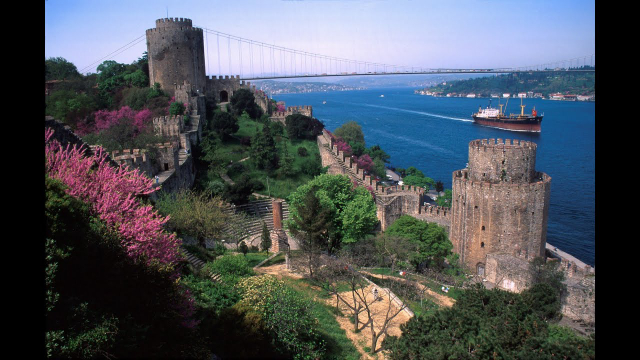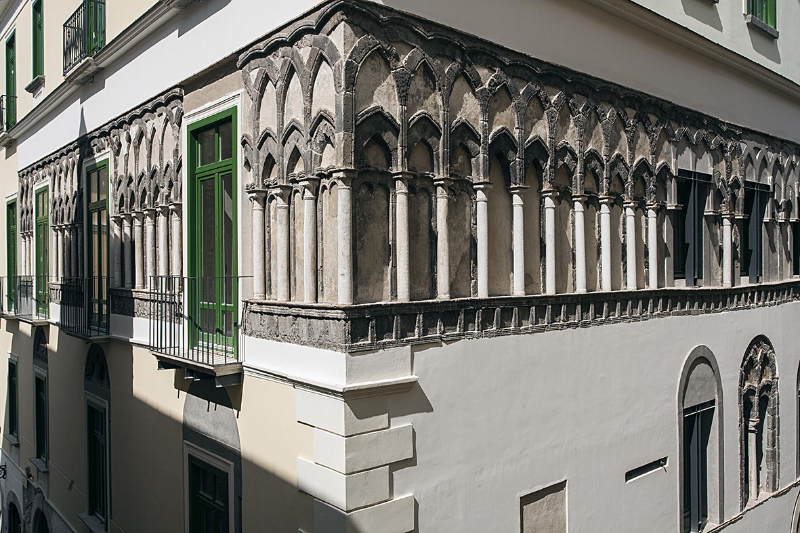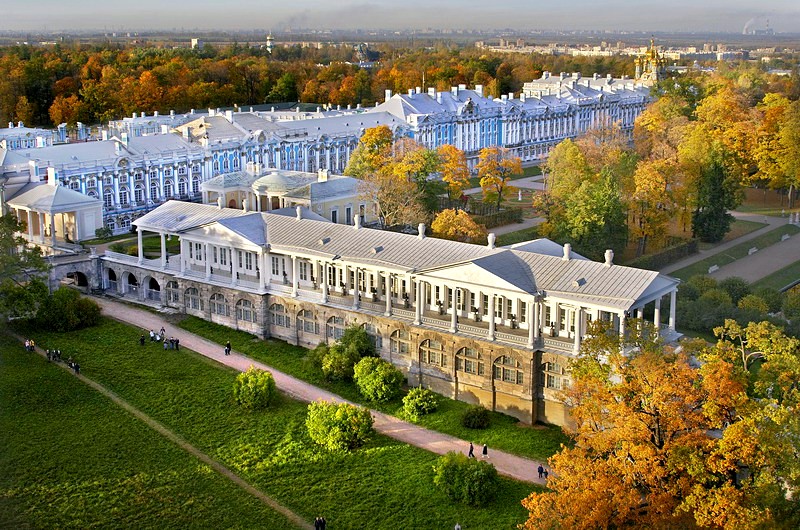The oldest historical documents of Wasserburg castle dates back to 1185. The aristocrat Dietmar von Wasserburg was the first noted owner of the estate. Until the 13th century wasserburg remained in the possession of the von Wasserburg line the most notable member being Heinrich von Wasserburg who was the brother in law of the famouse minnesinger Ulirch von Lichtenstein. Legend says that von Lichtenstein took a leading role in the liberation of King Lionheart during his Austrian imprisonment. In 1238 the nobleman Otto von Haslau took possession of Wasserburg. A couple of years later the estate change through marriage into the possession of the aristocratic Puchberger line.
In the 14th century the von Toppel family inhabitated Wasserburg but already in 1515 Christoph von Zinzendorf bought Wasserburg and incorporated it into the family’s possession of vast estates throughout the Austrian imperial lands. The Zinzendorfs used Wasserburg as their ancestral home and main family estate for more than 400 years. In 1813 Count Heinrich von Baudissin adopted the crest and the name of the departed Heinrich von Zinzendorf. Count Baudissin-Zinzendorf who originally came from Holstein in Germany introduced the protestant tradition of the christmas tree to Austria, it is said that the Christmas tree of 1827 in Wasserburg was the first of its kind in the Austrian Empire.
1912 Count Baudissin-Zinzendorf sold Wasserburg to Count Heinrich Fuenfkirchen. During the Great War the castle functioned as a recreation home for soldiers from the front. In 1923 Count Carl Hugo Seilern and Aspang bought the estate and it remains until today in the possession of the Seilern-Aspang family.
Today Wasserburg can be rented. There is also a yoga center.
References:
Schloss Wasserburg
